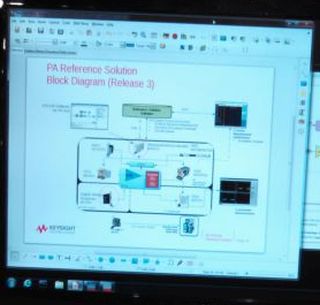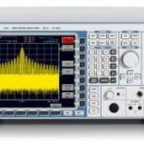Believe it or not, there’s a do-it-yourself vector network analyzer that can be constructed with a few readily available parts which also can provide measurements accurate enough to be useful in professional work. The basis for the VNA is a chip from Mini-Circuits. Mini-Circuits president Ted Heil explained the ideas behind the DIY VNA in a short video.
Heil says the chip came out of a collaboration with Vayyar in Israel. It’s primary use is expected to be at universities. “For our entire lives, we spend our classroom hours working with Maxwell’s equations, boundary conditions. Eventually, we get to scattering matrices and Smith charts. Then we go to the lab, and we push one button on a $150,000 piece of equipment, and you see the measurement, and you’re losing the gap between the textbook theory and the measurement. This tool is an opportunity for university students to build that vector network analyzer themselves from components,” Heil told us.
Mini-Circuits supplies a transceiver board that has six transmit-receive paths. Students then just add the cables and the couplers needed to make a VNA that works up to 6 GHz. “We offer the students devices to test and tools to calibrate the VNA. They have to go back to their textbooks and write the equations, code them either MATLAB or Python, and generate the S-parameter plots or the Smith charts. In an advanced level, they actually have to figure out how to write the calibration algorithms to make a true four-port two-port measurement,” Heil said. “On our websites, we’re going to be offering all of the tutorial material, including full project sets so that they can find their way through it. We’ll also have a help desk available for them if they have any questions.”
Even better, Hail says he’s trying to introduce the VNA board at cost to universities in a price range around the $2,500. “Good luck to try to get a vector network analyzer for $2,000 or less,” he says.




If you have a look there have been a large number of DIY VNAs published over the years, mainly in the amateur radio press, but a quick Google will find you many. Paul, N2PK published one in 2003. Here’s a write up about it published in 2004.
http://www.ifwtech.co.uk/g3sek/in-prac/61_62_radcom_oct04.pdf
A large number of people have built them. It is only 60 MHz, but there are many other designs out there too. Just Google them.
Dave, G8WRB